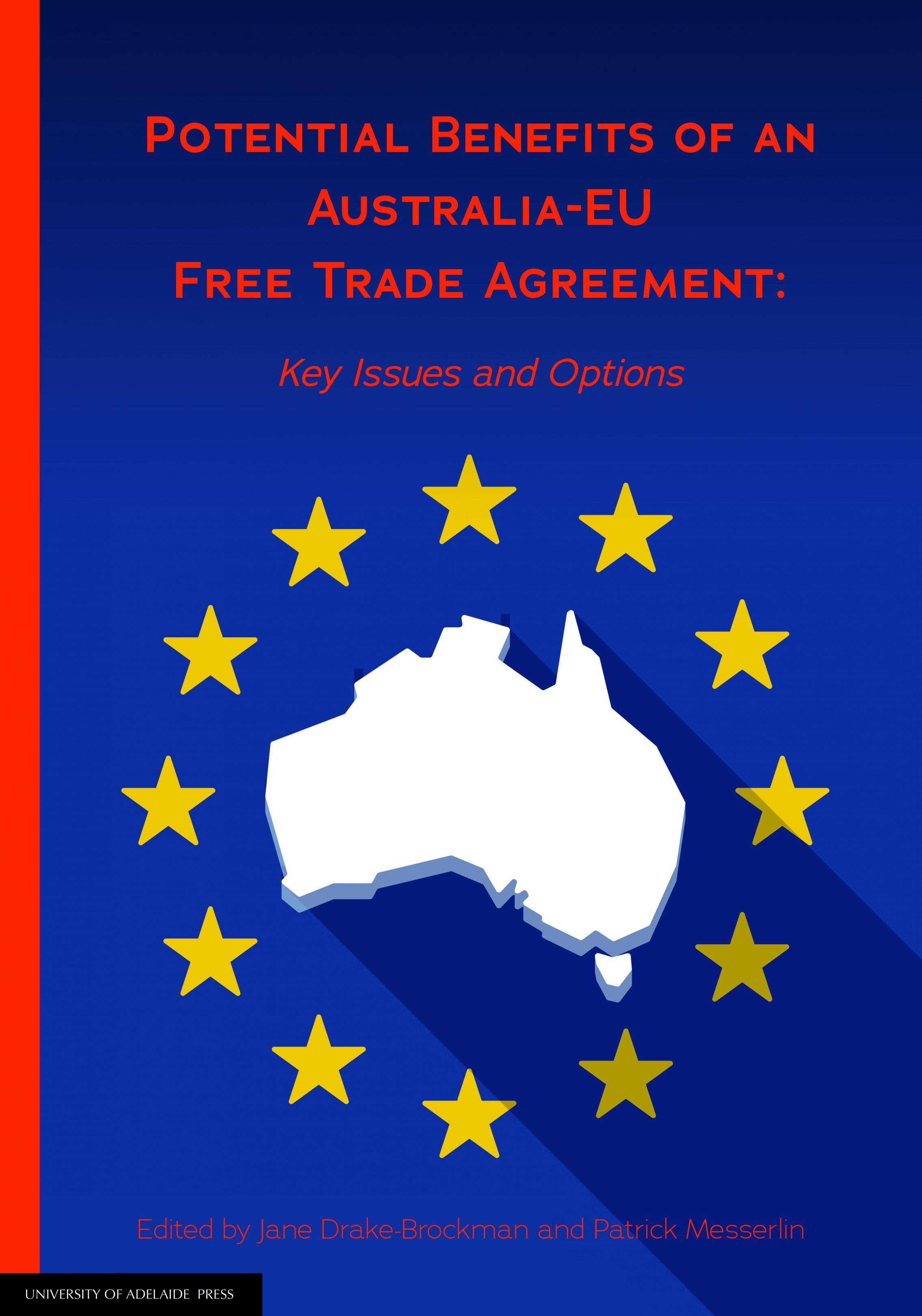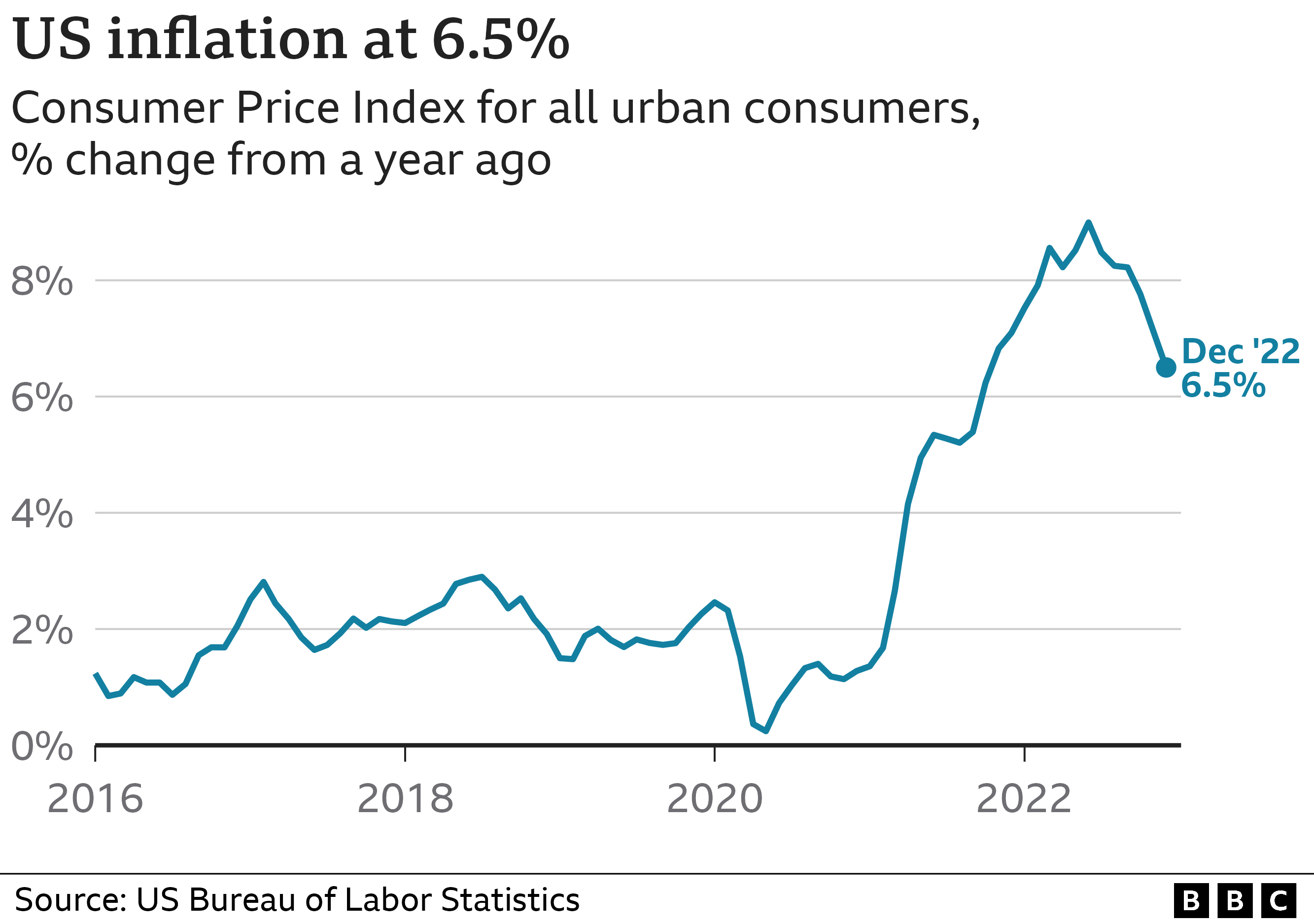Alright, folks, buckle up! The trade war rollercoaster continues. Mexico’s Economy Minister Marcelo Ebrard just dropped a bombshell – and a bit of a relief. The US, in a surprising move, has scaled back proposed auto tariffs on vehicles assembled in Mexico and exported to the US, from a potential 25% down to an average of 15%.
Now, don’t pop the champagne just yet. This isn’t a gift; it’s a calculated move. The final tariff rate will hinge on specifics – which automakers are exporting what, and how they align with the USMCA framework. This is the direct result of continuous, weekly sparring between US and Mexican officials, with Ebrard heading back to Washington this week for another round.
Let’s be clear: this is a critical development. Over 80% of Mexico’s light vehicle production heads north to the US market. A 25% tariff would have been devastating, slamming the brakes on the Mexican auto industry and sending ripples through the entire North American supply chain.
Here’s a quick primer for those new to the game:
USMCA (United States-Mexico-Canada Agreement) is the modernized NAFTA, aiming to govern trade between the three nations. Understanding its rules is key to predicting tariff outcomes.
Tariffs are essentially taxes on imported goods. They can drastically alter pricing, competitiveness, and production locations.
The initial threat of 25% tariffs was a pressure tactic by the US administration, seeking to incentivize domestic manufacturing and potentially renegotiate USMCA’s terms.
This 15% compromise is a temporary reprieve. Expect continued volatility and aggressive negotiation tactics from both sides. This isn’t over. It’s just paused. Stay tuned, because this situation requires constant monitoring. We’ll keep you updated as this story unfolds. Don’t get complacent.
/cloudfront-us-east-2.images.arcpublishing.com/reuters/QRVZBKLFIVMNXC4CCCYXEPJOXI.jpg)





